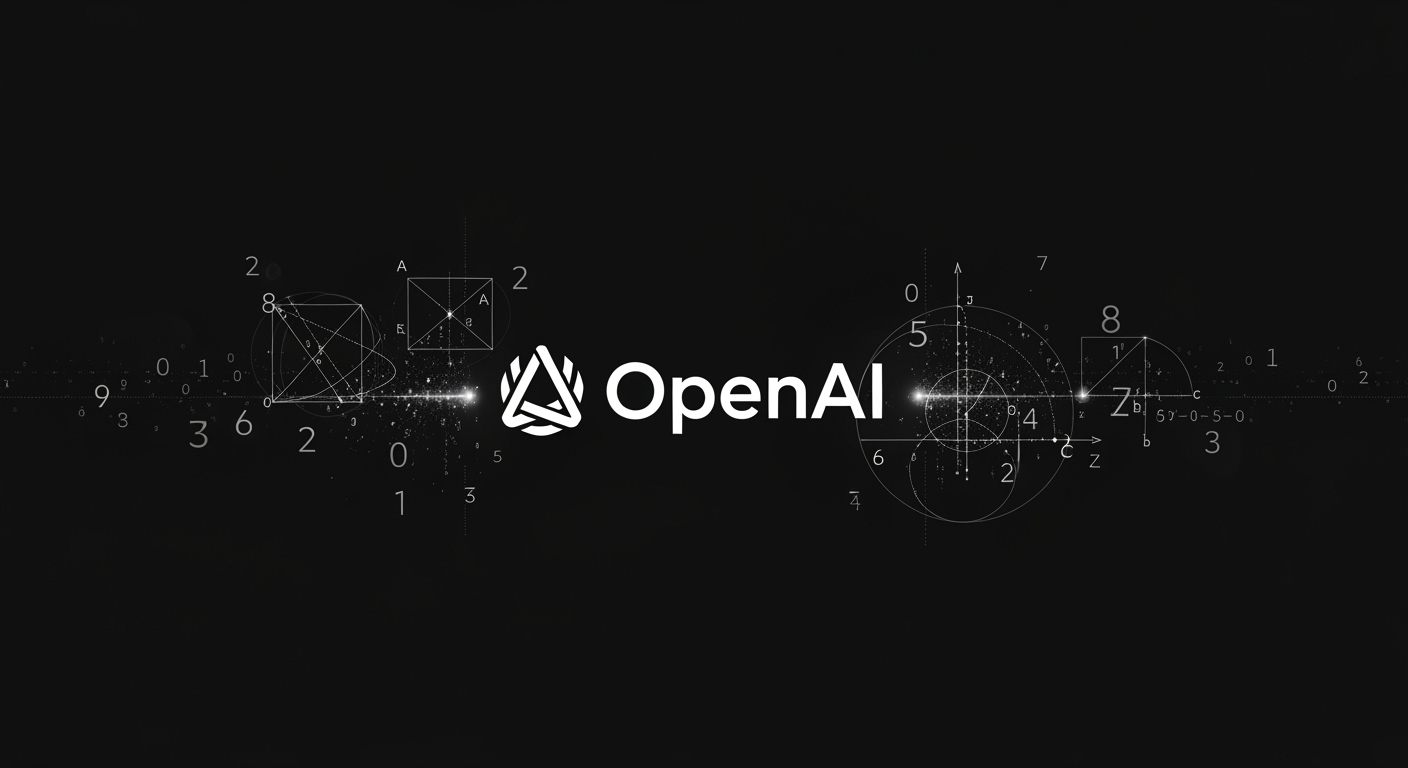How AI’s Data Center Boom Is Fueled by Fracked Gas in Texas

AI's Energy Dilemma: Data Centers, Fracking, and Local Impact in Texas
The explosive growth of artificial intelligence is having an unexpected environmental side effect: it’s giving new momentum to fracking and fossil-fuel power generation, especially in regions like West Texas. As AI companies race to build the massive data centers needed to power advanced models, they’re increasingly tapping into local natural gas resources—often at significant cost to local communities and the environment.
Why AI Needs So Much Power
Modern AI models, like those powering chatbots or hyperrealistic video generators, require enormous amounts of electricity. To meet these demands, tech firms are constructing data centers near the country’s most productive oil and gas fields. These facilities often generate their own electricity by burning fracked natural gas, a process linked to environmental issues such as water contamination and increased greenhouse gas emissions.
West Texas: Ground Zero for AI Power
One prominent example is Poolside, an AI coding startup, which is building a vast data center complex over 500 acres in West Texas. The center, developed with cloud provider CoreWeave, will use natural gas from the Permian Basin to generate two gigawatts of electricity—comparable to the entire output of the Hoover Dam.
Other major players are following suit. OpenAI’s flagship Stargate facility in Abilene, Texas, relies on a combination of grid power and a new gas-fired plant. Even when companies claim to use renewable sources, local power grids often remain dependent on fossil fuels.
Community and Environmental Concerns
For residents near these projects, the arrival of bulldozers and power plants brings significant disruption. Local people, such as those living near the Stargate center, report changes in quality of life, from loss of natural landscapes to increased noise and light pollution.
Water usage is another growing concern, especially in drought-prone areas. While companies tout efficient cooling systems, experts warn that the indirect water footprint—linked to increased electricity production—can be much higher than reported.
Big Tech and the Fossil Fuel Connection
Meta is investing in a $10 billion, two-gigawatt data center in Louisiana, supplied by new natural gas plants built specifically for the project. Even Elon Musk’s xAI has ties to fracked gas pipelines servicing its Memphis facility. Across the board, major AI efforts are locking in long-term contracts with fossil fuel providers.
Despite some efforts to match new projects with renewable energy—such as Meta’s El Paso data center, which is planned to run on clean power—most new facilities still depend on natural gas, at least in the short term.
Why Not Go Greener?
AI companies argue that rapid domestic energy development is necessary to stay ahead of international rivals, especially China. The U.S. government is encouraging this boom, with executive orders fast-tracking gas-powered data centers while excluding renewables from similar support.
However, recent research from Duke University suggests that existing utility capacity could be managed more flexibly—potentially reducing the need for so many new fossil fuel plants. If data centers decreased their electricity use during peak periods, utilities might handle much of the new demand without additional infrastructure.
What’s Next?
Private investment is pouring into alternative energy solutions, from next-generation solar to fusion startups, in hopes that cleaner power sources will eventually replace gas. But for now, local communities bear the financial and environmental risks, often without a voice in the decision-making process.
As the AI sector’s appetite for power grows, the question remains: are we building tomorrow’s technology on yesterday’s energy—and at whose expense?
References
- NPR: What is Fracking?
- WSJ: West Texas Data Center
- AP: OpenAI Stargate Data Center
- YouTube: Louisiana Residents React
- Reuters: Meta's Texas Data Center
- Guardian: Elon Musk’s xAI Memphis Facility
- TechCrunch: OpenAI and Geopolitics
- White House: Data Center Executive Order
- Financial Times: AI Sector Concerns
- MIT Technology Review: AI and Power Grids
- TechCrunch: Fusion Startups and AI





